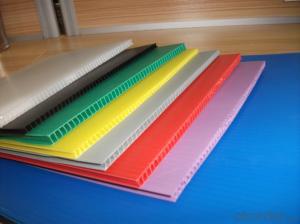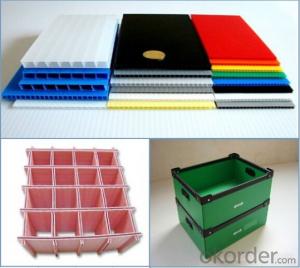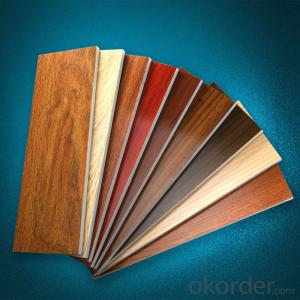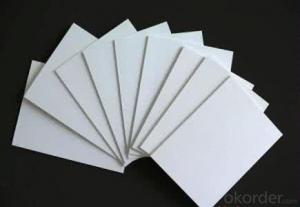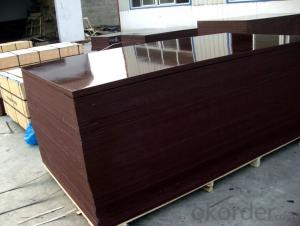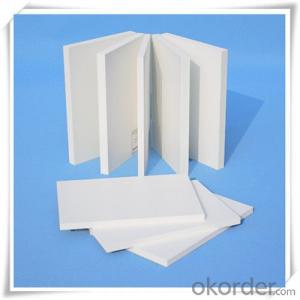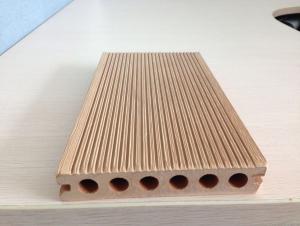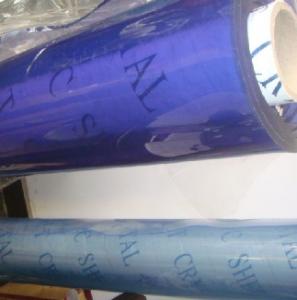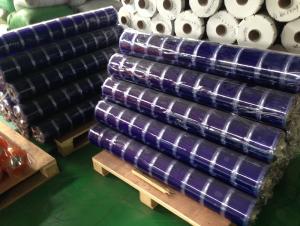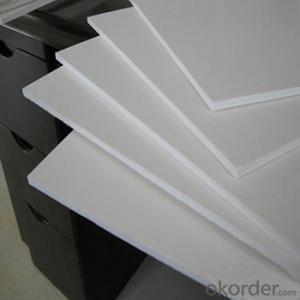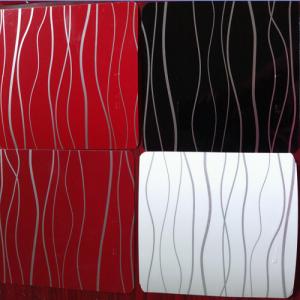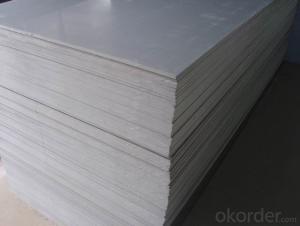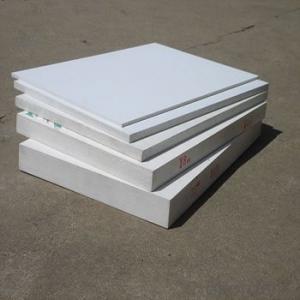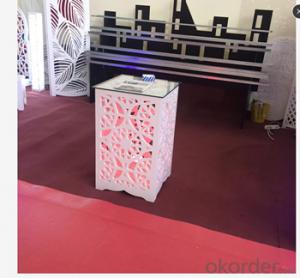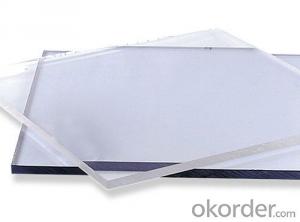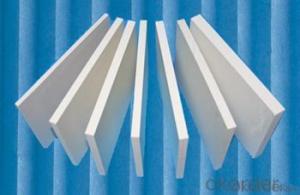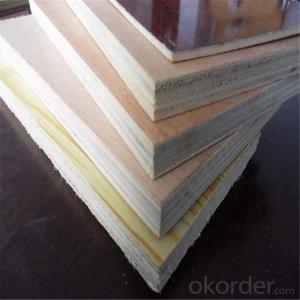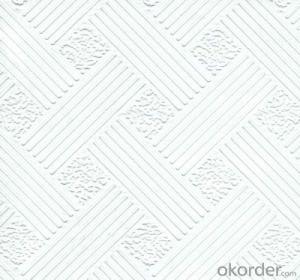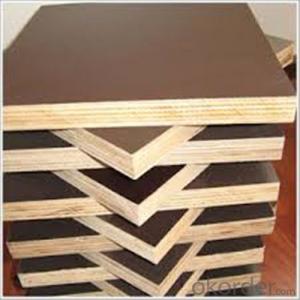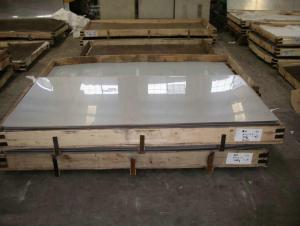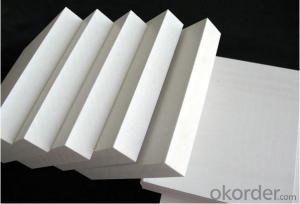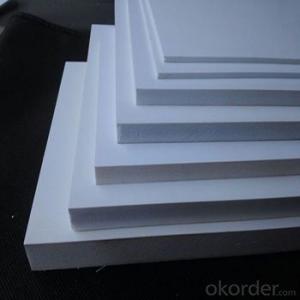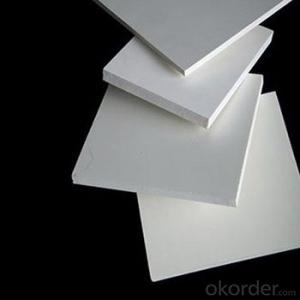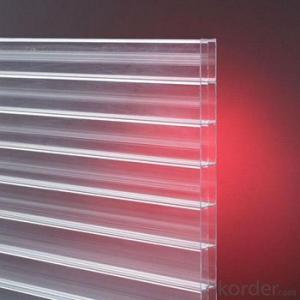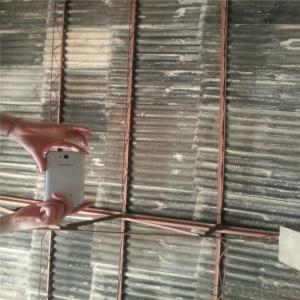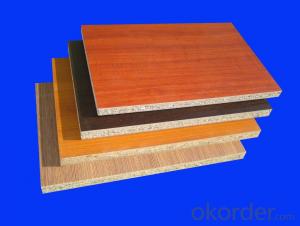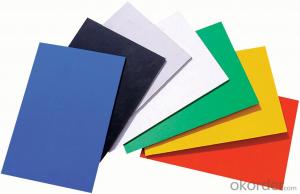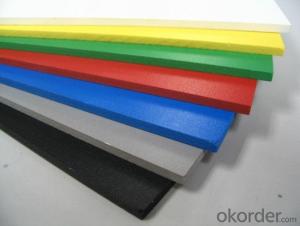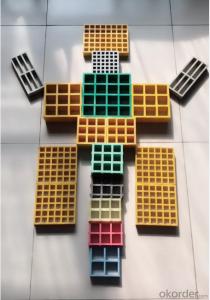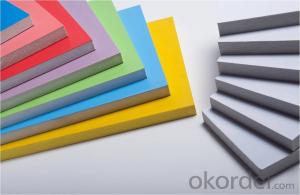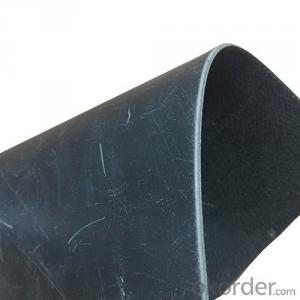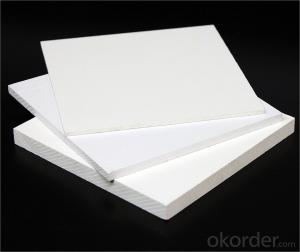Plastic Sheets 4X8
Plastic Sheets 4X8 Related Searches
Clear Plastic Sheets 4X8 Hard Plastic Sheets 4X8 4 By 8 Plastic Sheets Polypropylene Sheets 4X8 Plexiglass Sheets 4X8 4X8 Tin Sheets 4X8 Metal Sheets 4 X 8 Tin Sheets Sheet Metal Sheets 4X8 Stainless Steel Sheets 4x8 4X8 Styrofoam Sheets Stainless Steel 4x8 Sheets 4x8 Stainless Steel Sheet Stainless Steel 4x8 Sheet 4 X 8 Styrofoam Sheets Sheet Metal 4X8 Plastic Film Sheets 4x8 Sheet Of Stainless Steel 6 X 8 Plywood Sheet 8 X 4 6Mm Plywood Sheets 4X10 Plywood Sheets 4X8 Sheet Aluminum Galvanized Steel Sheet 4x8 4X12 Plywood Sheets 3Mm Plywood Sheets 8X4 4 X 8 Sheet Of Stainless Steel 6 X 4 Plywood Sheets Lightweight Plastic Sheets Diamond Plate Aluminum Sheets 4X8 Clear Plastic SheetsPlastic Sheets 4X8 Supplier & Manufacturer from China
Plastic Sheets 4X8 are versatile products made from various materials such as acrylic, polycarbonate, and PVC, which are widely used in a range of industries for different purposes. These sheets are available in different thicknesses and colors, making them suitable for applications like signage, glazing, and protective covers. The durability and lightweight nature of these sheets make them an ideal choice for both commercial and residential use.Plastic Sheets 4X8 are commonly used in construction, automotive, and display industries due to their strength and resistance to weather conditions. They can be easily cut and shaped to fit specific requirements, making them a popular choice for custom projects. In addition, these sheets are known for their ability to provide insulation and reduce noise, which makes them perfect for use in soundproofing applications.
Okorder.com is a leading wholesale supplier of Plastic Sheets 4X8, offering a vast inventory of high-quality products at competitive prices. As a reliable source for these sheets, Okorder.com ensures that customers receive the best materials for their projects, whether it's for commercial or personal use. With a commitment to customer satisfaction, Okorder.com stands out as a trusted provider of Plastic Sheets 4X8, catering to the needs of a diverse clientele.
Hot Products
